Researchers have discovered the geological process that led to the creation of the continent of Zealandia, which is now largely submerged under the ocean.
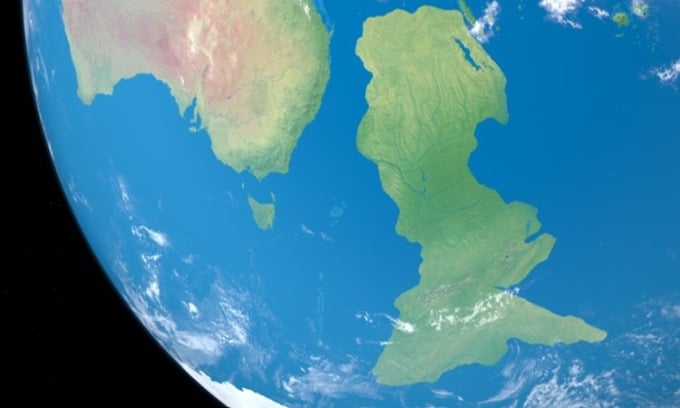
Simulation of the continent of Zealandia. Photo: Ianm35/Creatas Video+
When the ancient supercontinent Gondwana broke apart 83 million years ago, a huge chunk of it sank beneath the waves as it drifted. According to some geologists, the submerged chunk, called Zealandia, would have been Earth’s eighth continent if it hadn’t been obscured by a thick layer of ocean water. Instead, all that sticks out above the ocean’s surface is New Zealand and its surrounding islands, so Zealandia has long been a big mystery.
About 94 percent of the 4.9 million square kilometer continent is submerged, obscuring details of the northern part of the landmass. Using geochemical and isotopic data from newly dredged rock samples as well as seismic data, researcher Andy Tulloch of the Institute of Geology and Nuclear Sciences (GNS) and colleagues created a map of the region to understand how the continent formed. They published their research results in the journal Tectonics, Science Alert reported on September 21.
Rock samples, some dating back to the age of the dinosaurs, were taken from several exploration drilling sites and some of Zealandia's southern outcrops, such as the Chatham Islands and the Antipodes. Analysis of the samples' chemical composition, along with other geological evidence, revealed similarities to West Antarctica, suggesting that the edge of Zealandia was subducted 250 million years ago, in what is now the Campbell Plateau on New Zealand's west coast.
Subduction occurs when two plates of the Earth’s crust push against each other, causing one to sink into the mantle. But contrary to previous speculation, the magnetic anomalies in the same region are not linked to this event, Tulloch’s team found. Both Zealandia and Antarctica are deformed significantly on the inside. The team suggests that the Campbell Magnetic Anomaly System was formed by the stretching of different parts of Gondwana. Eventually, they broke apart to form the seafloor surrounding Zealandia.
First, Zealandia/West Antarctica and Antarctica/Australia broke apart, allowing the Tasman Sea to flood in about 83 million years ago. Then, at the end of the Cretaceous about 78 million years ago, Zealandia and West Antarctica split apart, forming the Pacific Ocean.
The extreme thinning of Zealandia’s crust before it broke apart has puzzled geologists. West Antarctica has shown similar thinning. Tulloch and his colleagues found evidence of a 65-degree shift in the direction of the stretching between 100 and 80 million years ago. They believe this caused the continental crust to thin. The new findings will lay the groundwork for scientists to analyze the strange stretching of the Earth’s crust in more detail.
An Khang (According to Science Alert )
Source link


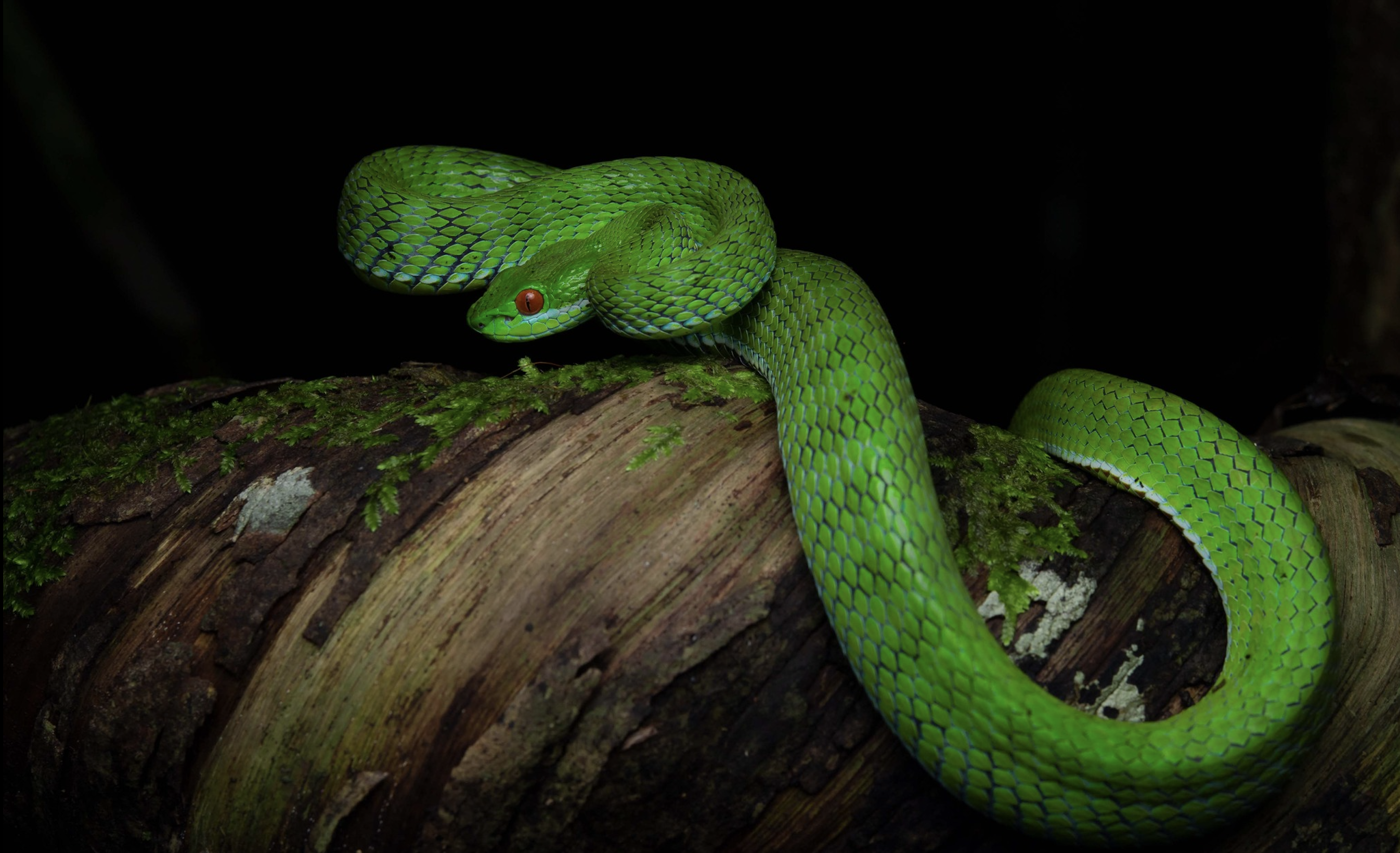




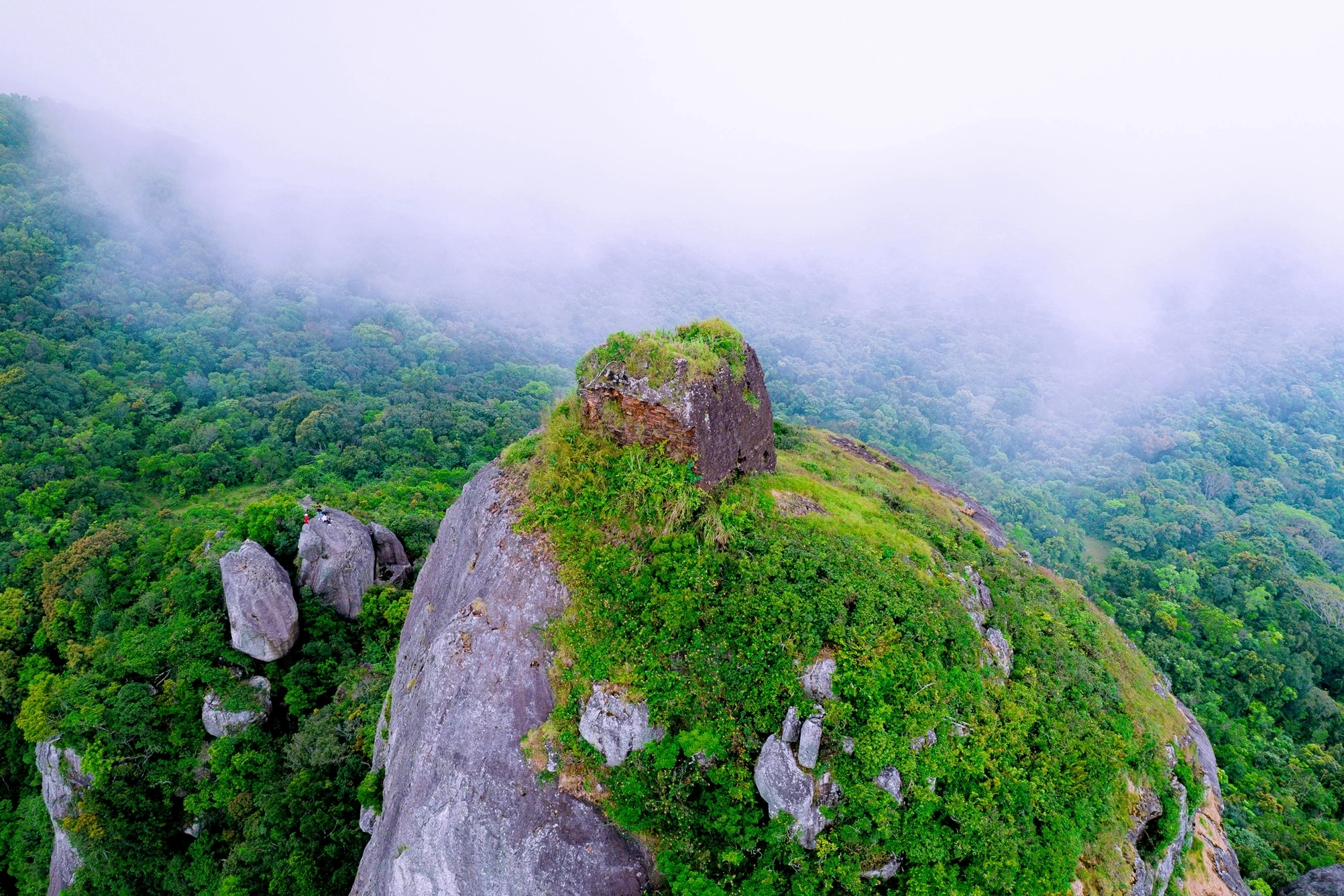




















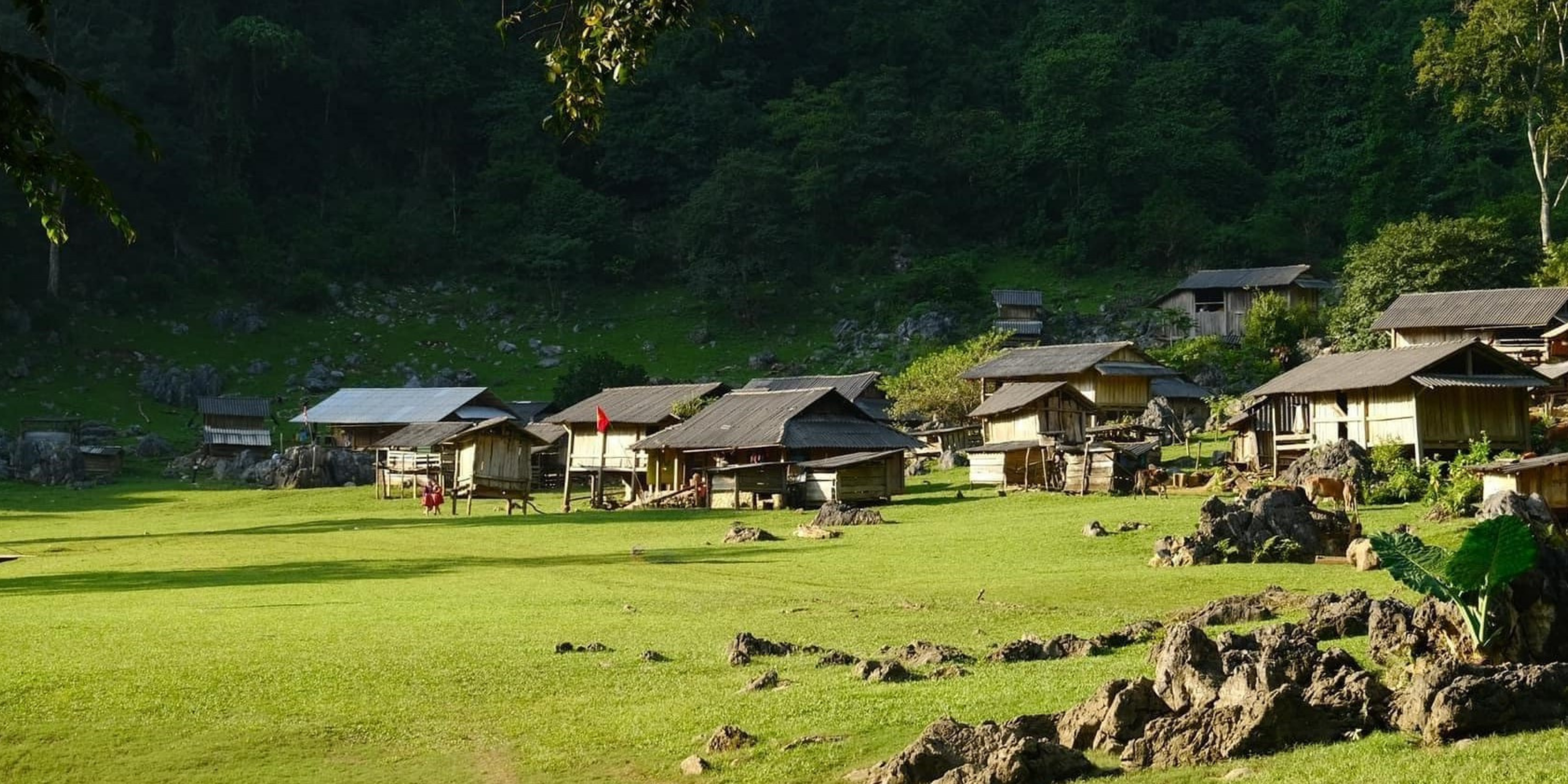
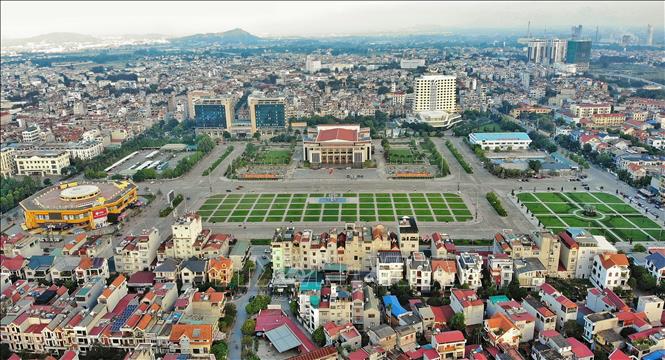
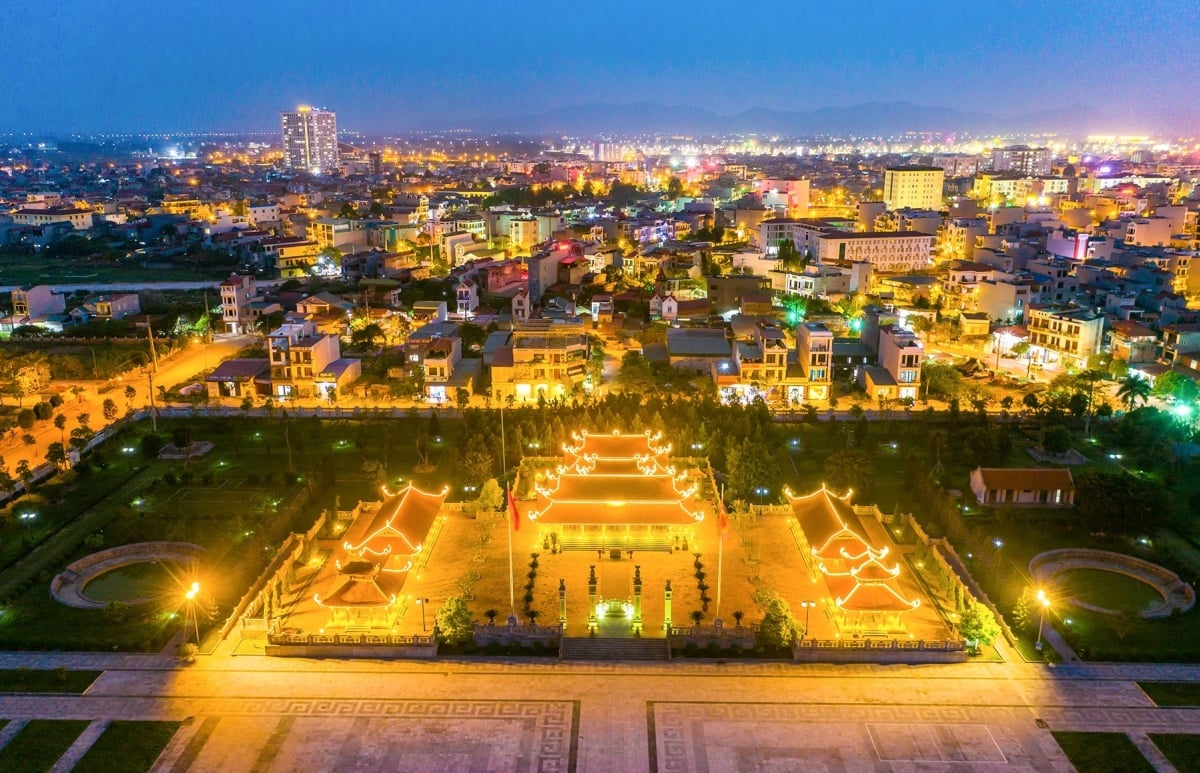


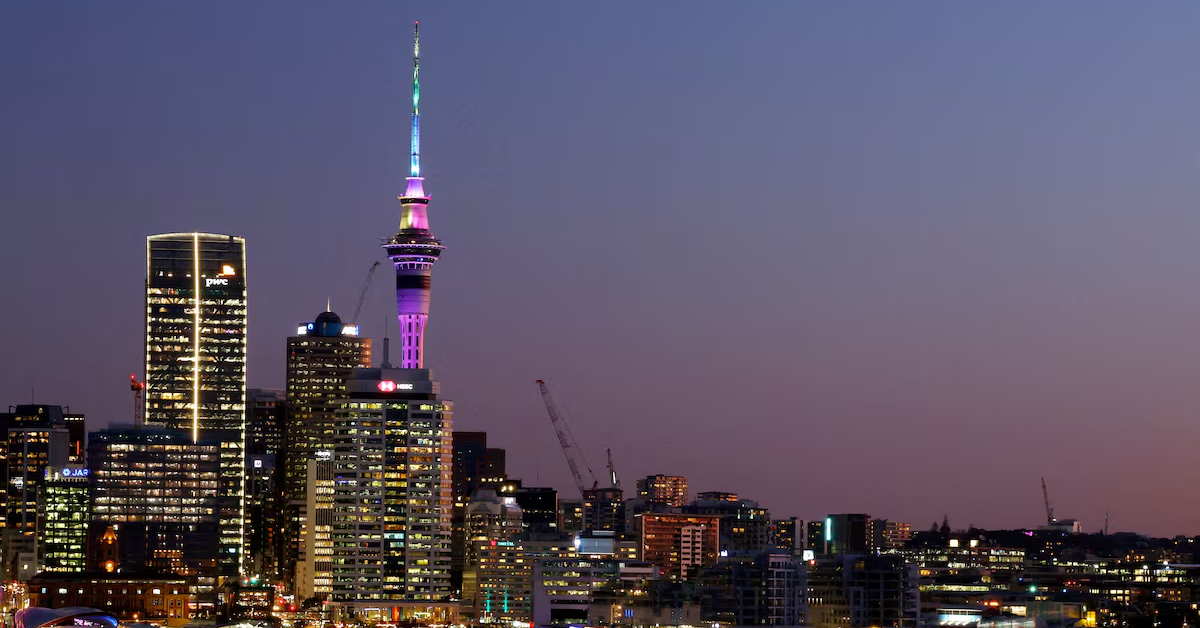

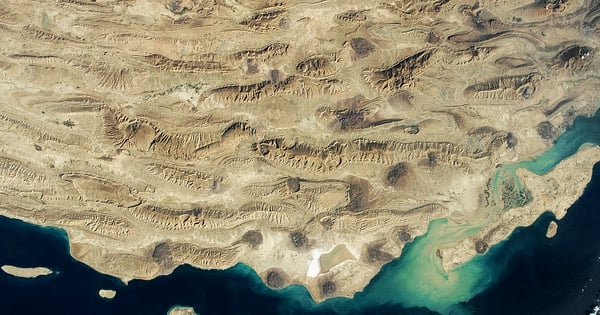

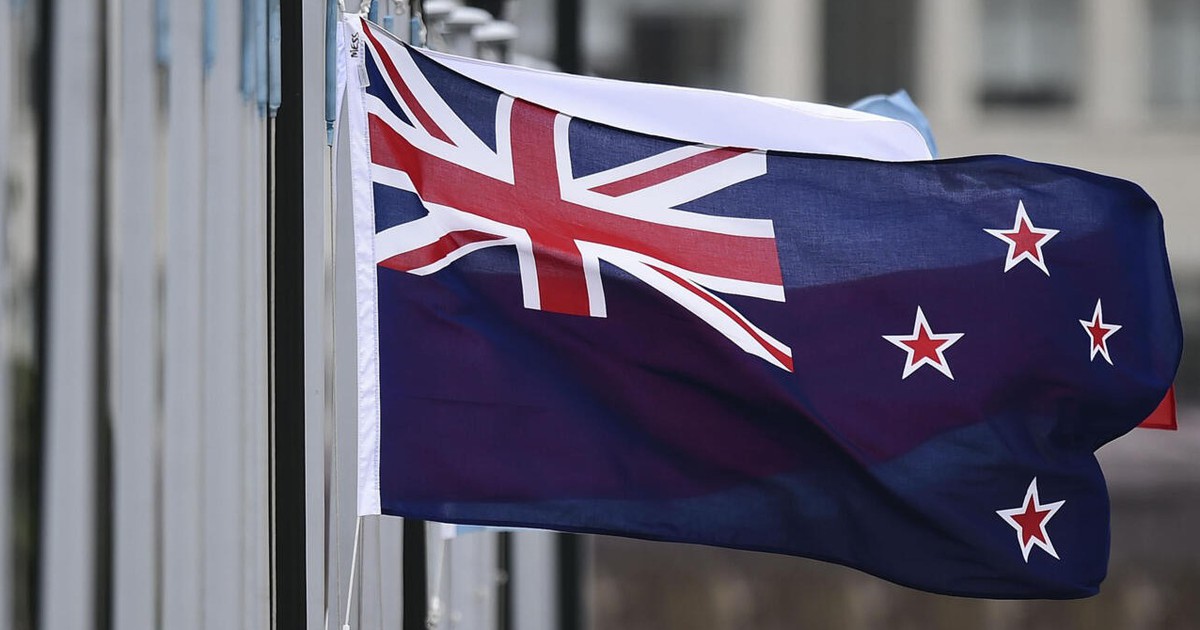













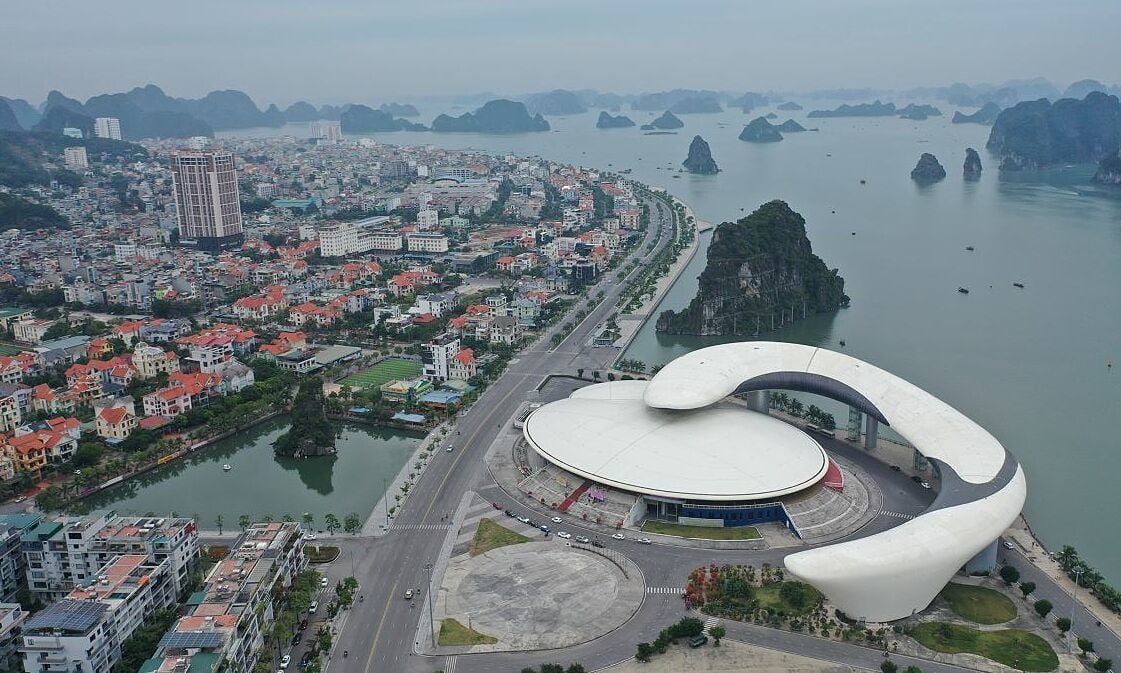
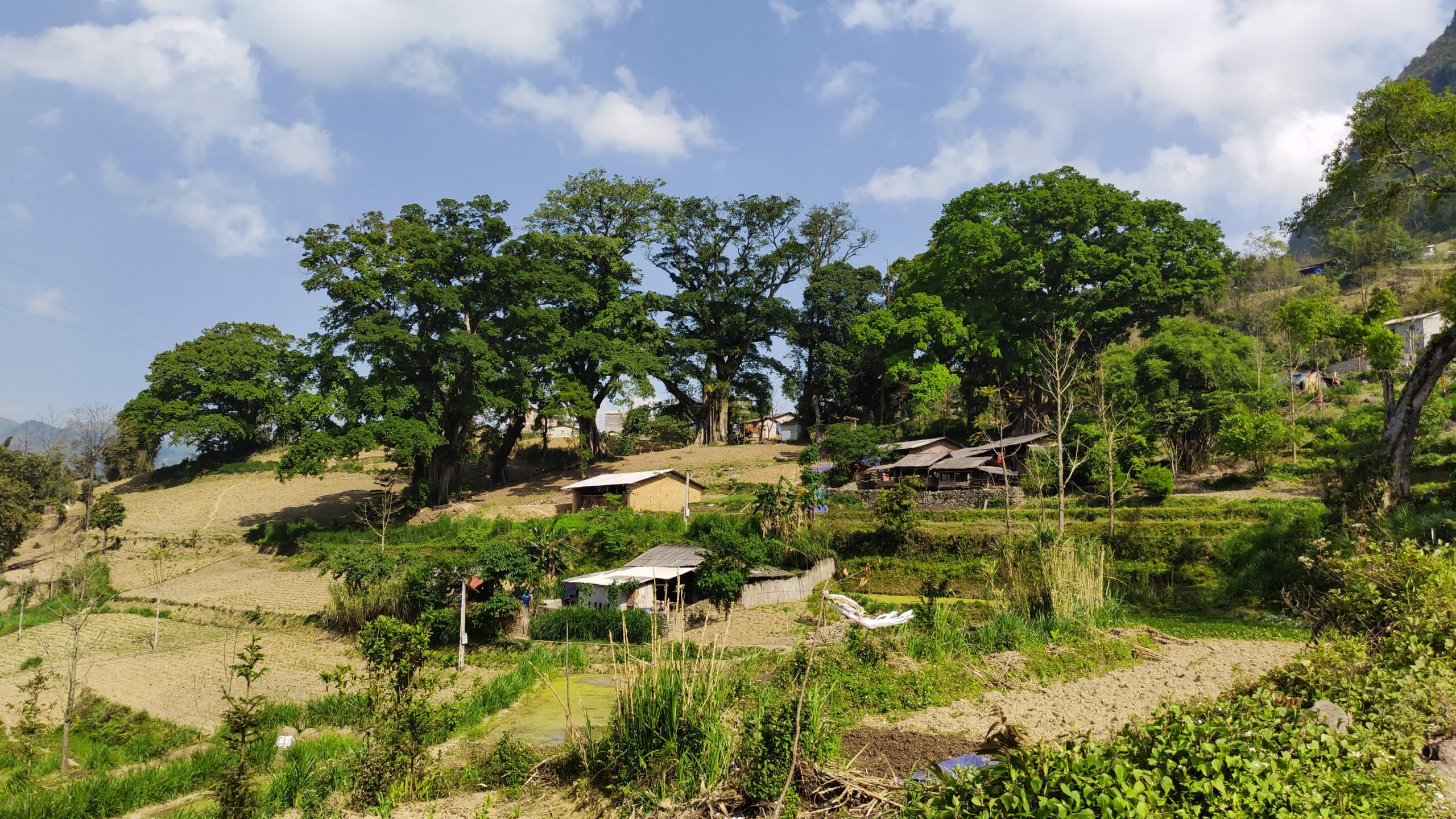










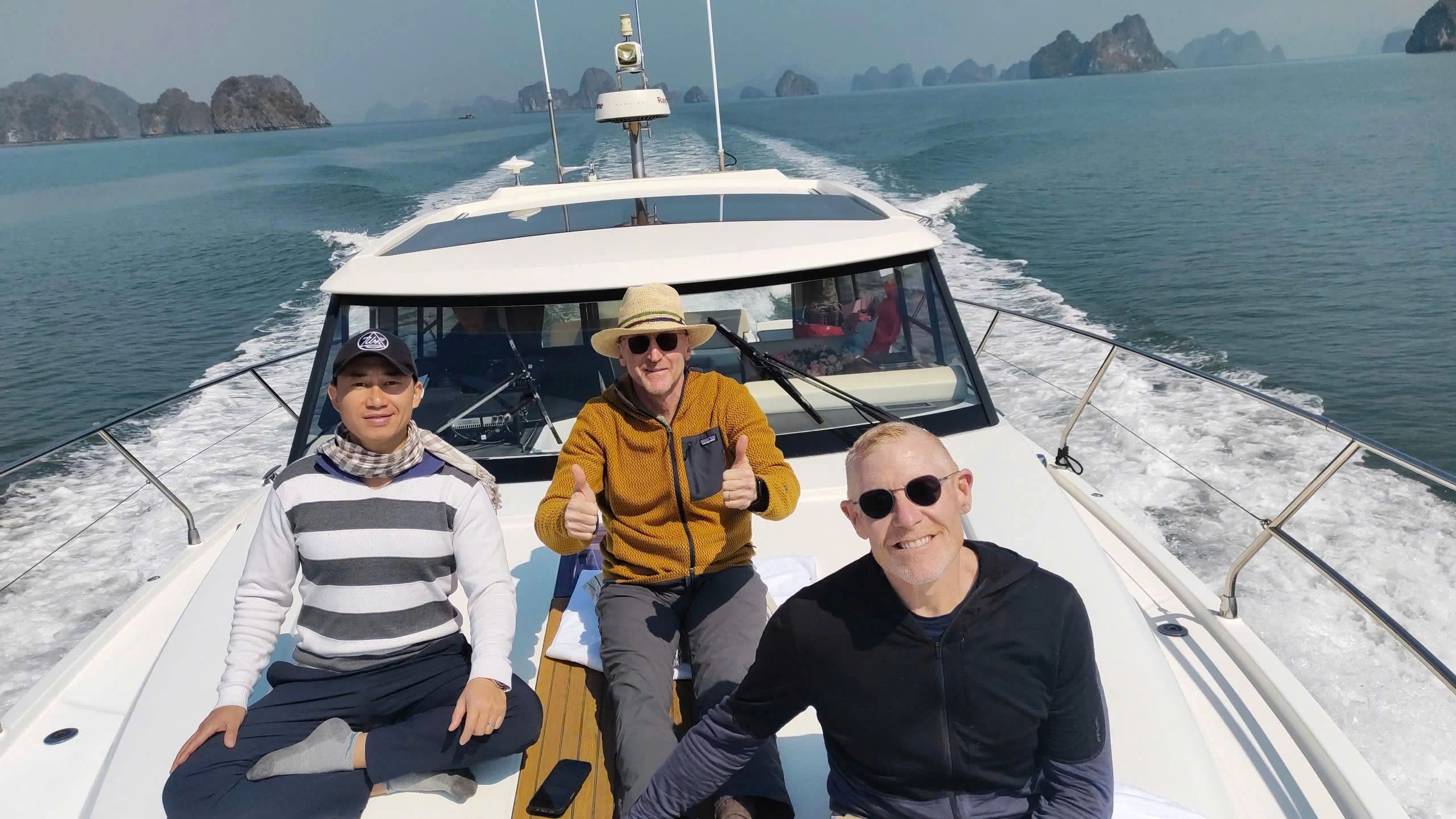


Comment (0)